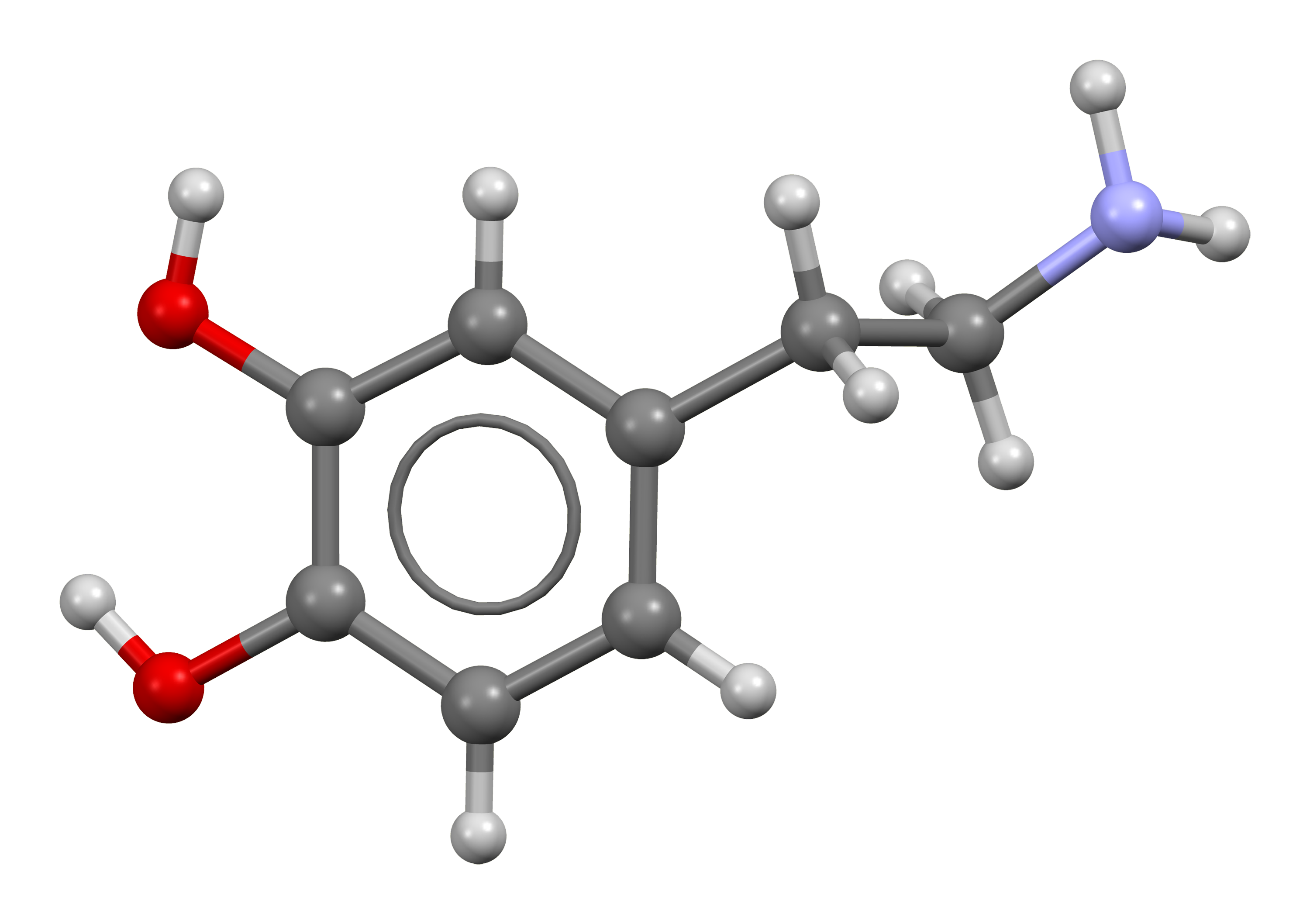Introduction to Dopamine
- Introduction to Neurotransmitters
- The Role of Dopamine
- The Role of Serotonin
- Interplay of Dopamine and Serotonin
- Competing Actions
- Collaborative Actions
- Conflicting Actions on Same Behaviors
- Complexity in Neuronal Combinations
- The Impacts of Therapeutic Drugs on Dopamine and Serotonin
- Dopamine, Serotonin and Mental Health
- Dopamine, Serotonin and Cognitive Functioning
- Settings, Synaptic Plasticity and Sensitization
- Prospects and Challenges in Dopamine & Serotonin Research
The Role of Dopamine
The Anatomy of Dopamine's Effects

Organic chemical that functions both as a hormone and a neurotransmitter.
Dopamine, a type of neurotransmitter, plays a crucial role in how we perceive and interact with the world around us. It is produced in several areas of the brain, including the substantia nigra and the ventral tegmental area.
Understanding the Structure and Function of Dopamine
Dopamine is a small molecule that is part of the catecholamine and phenethylamine families. It functions as a neurotransmitter, a type of chemical messenger that transmits signals in the brain and other areas of the body. Dopamine plays several important roles in the brain and body, and it is involved in functions such as motor control, motivation, reward, and the regulation of mood.
The Role of Dopamine in the Brain
In the brain, dopamine acts as a neurotransmitter, sending signals between nerve cells, or neurons. It is produced in several areas of the brain, including the substantia nigra and the ventral tegmental area. These areas are part of the brain's reward system and are involved in processing pleasure, motivation, and learning.
The Dopamine Pathways and Their Significance
There are several major dopamine pathways in the brain. These include the mesolimbic pathway, the mesocortical pathway, the nigrostriatal pathway, and the tuberoinfundibular pathway.
-
The Mesolimbic Pathway: This pathway is thought to be involved in reward, pleasure, and addiction. It runs from the ventral tegmental area to the nucleus accumbens, a part of the brain that plays a role in reward and reinforcement.
-
The Mesocortical Pathway: This pathway runs from the ventral tegmental area to the prefrontal cortex, the part of the brain involved in planning, decision-making, and moderating social behavior. It is thought to be involved in cognition, emotion, and the response to stress.
-
The Nigrostriatal Pathway: This pathway runs from the substantia nigra to the striatum. It is involved in the regulation of movement and the reward system.
-
The Tuberoinfundibular Pathway: This pathway runs from the hypothalamus to the pituitary gland. It is involved in the regulation of prolactin secretion, a hormone that plays a role in lactation.
Understanding these pathways and the role of dopamine within them is crucial for understanding many aspects of human behavior and numerous psychiatric and neurological disorders. Dopamine's influence extends to many areas of brain function and behavior, making it a critical neurotransmitter in our nervous system.